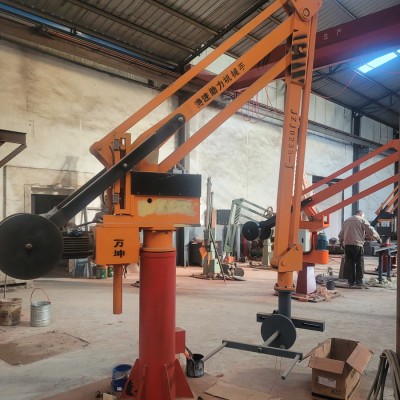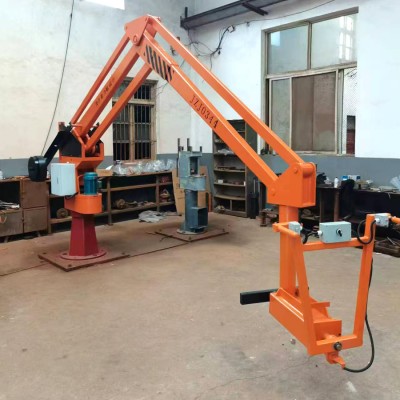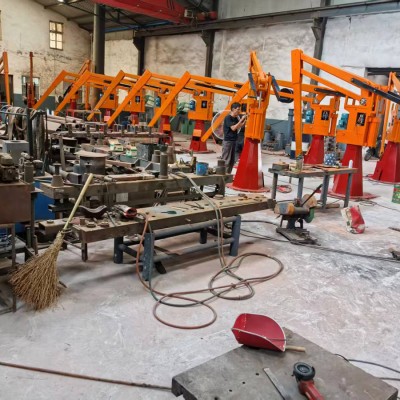Casting manipulator Working principle
Casting manipulator, also known as casting manipulator or casting robot, operates on the core principle of using hydraulic or motor-driven mechanical arms to automatically scoop, convey and precisely pour high-temperature metal liquids. It achieves a safe, accurate, stable and efficient working process, effectively replacing manual labor, saving costs and improving efficiency. It is an ideal partner in the foundry industry.

Workflow and Principles of foundry manipulator
In the casting scene, the mechanical hand performs the "scooping - transferring - pouring - resetting" cycle, shortening the single operation cycle and improving efficiency.
Scoop up
According to the preset program, operate the equipment to move it below the iron outlet of the pouring electric furnace or holding furnace or to the location where the ladle is stored. The end effector gripper grabs the ladle already filled with molten metal.
Transfer
The robotic arm smoothly and quickly transports the ladle to the top of the mold to be poured. The system will prevent the ladle from swinging during movement and stop, and avoid the splashing of molten metal.
Casting
Keep a safe distance between the spout and the pouring cup. The control system instructs the lifting/tilting mechanism to slowly tilt the ladle, and the molten metal begins to flow out.
Reset
After the pouring is completed, control the ladle to tilt back to the upright position and return to the initial position along the path to start the next cycle.
Equipment Parts
The main components consist of three major parts: mechanical structure, drive system and sensor technology
Mechanical structure
Casting manipulators usually adopt multi-axis linkage mechanical arms (typically 4-6 axes), providing a flexible range of motion to enable them to reach the predetermined position. The rotation, lifting and lateral movement of the large arm, small arm and end effector (such as ladle) are driven by servo motors.
The unique design structure enables the mechanical hand to cover any position within the working space and adapt to the pouring requirements of different molds.
Drive system
Hydraulic drive: A low-cost traditional drive method, with great power and wide application.
Electric servo drive: A new type of drive form, featuring high operational accuracy, fast response, and low energy consumption, it is mostly used in complex demands.
Mechanical drive: Its features include reliable operation, high working speed, low cost and flexible adjustment.
Sensor system
Visual system: Integrates industrial cameras and image processing algorithms to identify the position of the spout cup and the cavity state, guiding the mechanical hand to automatically align.
Inclinometer: Real-time monitoring of the height and inclination Angle of the molten metal in the ladle.
Load cell: Installed at the end or below the ladle, it monitors the remaining iron content in real time to prevent empty pouring or solution overflow.
Advantage
Efficiency improvement
Hydraulic casting manipulator replaces manual operation. Employees do not have to face high-temperature and high-risk environments, and production efficiency is improved.
Stability
Precise positioning and pouring processes reduce the scrap rate of castings and the waste of molten metal, thereby enhancing the utilization rate.
Industrial Manipulator manufacturer Analysis of Pouring Process Control
Speed control: According to requirements, control the pouring speed. At the beginning, prevent splashing (slow), in the middle, prevent filling (fast), and at the end, prevent overflow (slow).
Quantitative control: The key to achieving automation through the following two methods
Weighing method: The weight of the ladle is monitored in real time through a load cell. When the pouring volume reaches the set value, the control system immediately commands the ladle to tilt back and stop the pouring.
Angle/time method: Indirectly estimate the pouring volume by controlling the inclination Angle of the ladle and the duration of maintaining that Angle.







